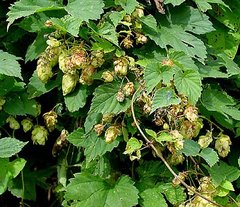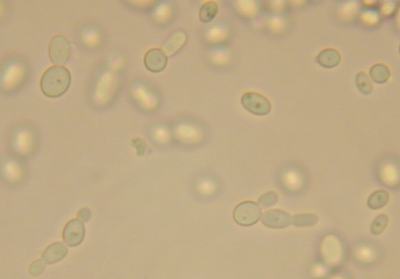History of :-
The Bridge Brewery
History of Brewing
The Brewing Process
Burton Bridge Inn
Devonshire Arms
Prince Alfred
Great Northern
History of :-
The Bridge Brewery
History of Brewing
The Brewing Process
Burton Bridge Inn
Devonshire Arms
Prince Alfred
Great Northern
Beginnings
Historians speculate that prehistoric nomads may have made beer from grain & water before learning to make bread. Beer became ingrained in the culture of civilizations where the climate was not conducive to the production of wine. This included Babylonian, Assyrian, Egyptian, Hebrew, Chinese, and Inca cultures. Beer also gets a mention in the bible being one of the provisions included on Noah's Ark. Babylonian clay tablets detail recipes for beer which was produced in large quantities with around 20 varieties. Beer at this time was so valued that it was sometimes used to pay workers as part of their daily wages. It would seem that the early beers were not the cystal clear varieties required by the public today, early civilisations often drank beer through straws to avoid grain hulls left in the beverage. Evidence has been found that the Egyptians brewed beer commercially for use by royalty, and as a necessity to be included in burial provisions for the journey to the hereafter. Egyptian texts contain 100 medical prescriptions calling for beer.
Different grains were used in different regions. Whilst nowadays we use barley as the main grain used to produce beer with the lesser use of wheat, in Africa millet, maize and cassava are commonly used to produce the local beers. Early peoples in North America used persimmon although agave was used in Mexico and corn and sweet potatoes were used in South America
Before the Middle Ages brewing was left to women to make since it was considered a food as well as celebration drink. Not until 500-1000 AD did brewing shift from family tradition to centralized production in monasteries and convents (hospitality for traveling pilgrims). But many households still produced their own beer which could be used for tithing, trading, payment and taxing.
In 1516 Bavarian brewing guilds pushed for the Reinheitsgeobot purity laws to make it illegal to use any ingredients but water, hops, and barley in the brewing of beer. Notice that they did not include yeast, which at the time was not understood, and were airbourne wild varieties also used in breadmaking.

Hops
The first documented instance of hop cultivation was in 736, in the Hallertau region of present-day Germany, although the first mentioned use of hops in brewing was in 1079. Hops were introduced to British beers in the early 1500s, probably because of their natural anti-bacterial and antiseptic properties. Other plants used for this purpose have been Rosemary and thyme. The hopped variety was called "beer" and the unhopped variety, "ale". Until mechanisation (in the late 1960), the need for massed labour at harvest time meant hop-growing had a big social impact. Many of those hopping in Kent were Eastenders, for whom the annual migration meant not just money in the family pocket, but a welcome break from the grime and smoke of London. Whole families would come down on special trains and live in hoppers' huts for most of September, even the smallest children helping in the fields.

Barley
Barley is the most popular grain in producing malt for beer making, although others are or have been used. The first domesticated barley to be identified has been found in the excavations of neolithic sites in Syria. Originally allowed to ferment naturally to produce an alcoholic drink, which although a fore-runner of modern beer must have been more like a weak porridge. Producing malt from the barley, by allowing the grains to germinate then stopping the process by applying heat ,converts the starch in the grain into sugar ready for the yeast to convert to alcohol and Carbon Dioxide. It is not known when the malting process was discovered, but early Mesopotamian accounts, with pictograms of what is recognizably barley, show bread being baked then crumbled into water to make a mash, which is then made into a drink. For centuries brewers heated grain over open fires and this resulted in dark, smoky malt that produced equally dark beer. By the mid-1800s, brewers had invented a way to dry malt in large rotating heated drums that left the grain light in color and produced a pale, golden beer.
Yeast

It wasn't until Louis Pasteur came along that a final, important development was made. Until that time, brewers had to depend on wild, airborne yeast for fermentation. This led to a haphazard ferment. Many brews must have spoiled. By establishing that yeast is a living micro-organism, Pasteur allowed brewers to precisely control the conversion of sugar to alcohol and hence improve the more consistant quality of beer.Essentially, today only two types of yeast are used, Saccharomyces cervisiae and its close relative Saccharomyces Carlsbergensis. Saccharomyces cerevisiae is described as "top-fermenting" as it floats on the surface of the wort. It is used in brewing darker beers such as English "Bitter", whereas continental lager-type beers are made with Saccharomyces carlsbergensis, which is a bottom-fermenting yeast.